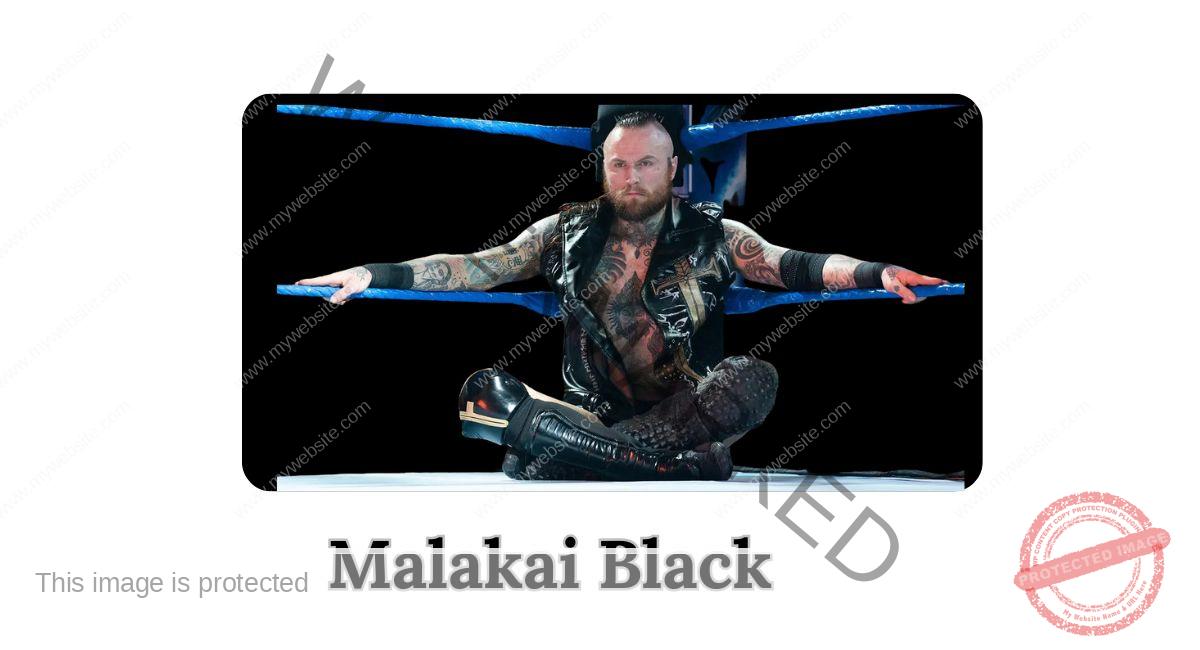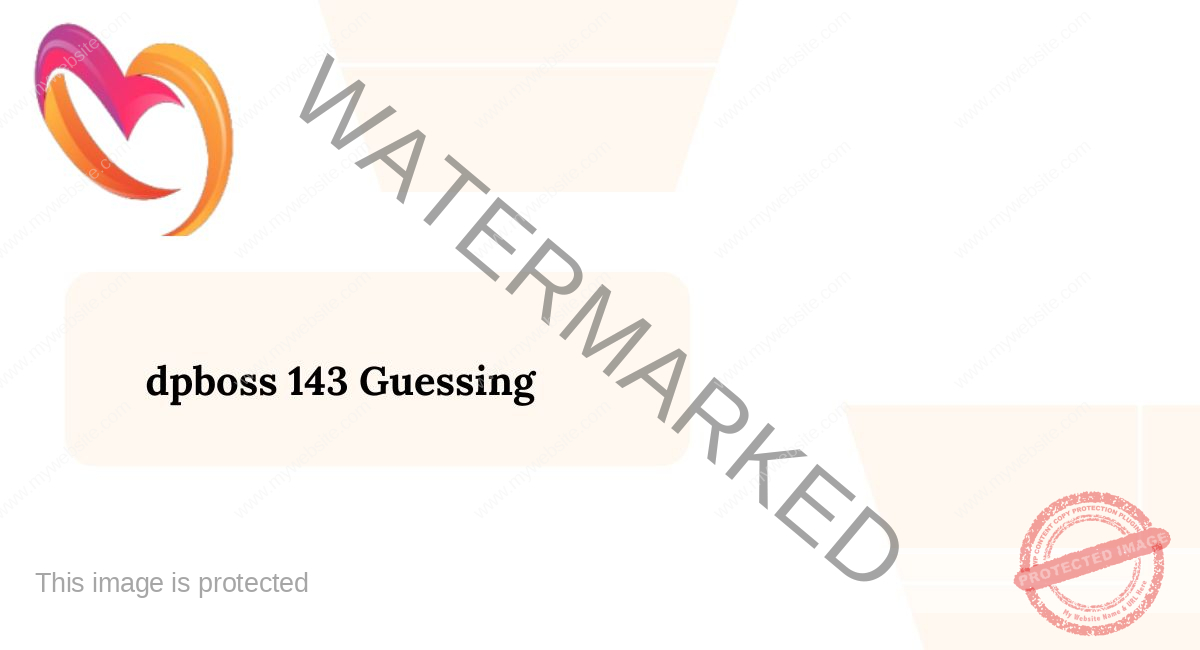When your business is prepared to introduce a new product, the success of its acceptance will largely rest in your advertising strategy. No pressure. Bringing something new to the marketplace is an exhilarating achievement, but without careful planning, it’s simple to become overwhelmed in the competitive advertising environment. The secret is developing a thoughtful plan specific to the product’s special characteristics and your audience’s tastes.
From setting up and selecting the right platforms to writing an ad that will break through, below is a template to help marketing managers align new products within a larger advertising strategy.
Planning the Integration
Preparation is crucial. Take the time to write a plan that will serve your product goals and customer needs prior to even thinking about launching a campaign. First, get familiar with your market. Research the market to figure out their shopping habits, wants, and grievances. Is your product solving a pain point? If it does, how does it do that? This data will help you decide on the value proposition that resonates best with your market.
Establish specific goals for your campaign. Whether it’s driving conversions, building brand awareness, or generating a certain number of leads, quantifiable goals provide direction and make it simple to measure the success of your efforts. Don’t overlook planning your campaigns in advance. Timing can significantly influence engagement, particularly if your product is related to seasonal trends or market happenings.
Selecting the Right Channels
Not all channels are created equal, especially for a product launch. The selection of the correct channel is based on an understanding of where your customers spend their time and what type of content does well on a specific channel.
For example, visually oriented platforms such as Instagram and TikTok are best used to display consumer goods to a younger audience. LinkedIn works better for a professional audience. In the case of B2B, a mix of email marketing and paid LinkedIn ads will be able to introduce your product to the decision-makers.
Besides, using display ads, banners, or Google Ads makes sure that you are reaching users actively seeking similar solutions. Being multichannel is usually best, as this allows you to cast your net and also send targeted messages for every channel. Visibility is not the ultimate goal; it needs to be active engagement. Be sure to utilise the skills of a LinkedIn or Meta advertising agency, for example, to optimise your campaigns.
Construction of the Message
Your advertising message is the difference between being heard and being ignored. To place your product, tell a story rather than simply listing features. Describe how the product will improve the user’s life or solve their problem using the product. Connect with the audience on an emotional level by emphasising the benefit over explaining the technicalities.
Think about your unique selling point (USP). Why is your new product superior or different from others? Innovative technology, green credentials, or a cheap price tag might all be unique selling points. Ensure your message is clear and communicates this extra value.
Consistency is the other key ingredient. Your messages, imagery, and tone of voice must all be consistent on all chosen media. Consistency of brand presentation builds trust in the long term and makes your campaign more effective.
Drive Success with Focused Strategic Initiatives
Introducing a new product to your marketing mix requires more than meticulous planning. More than strategic channel selection and compelling messaging. By intimately understanding your audience, leveraging the most suitable platforms, and emphasising the product’s unique strengths, you can create a campaign that drives results.
The next time you are preparing to roll out a product, keep this guide in mind to position it for success.















